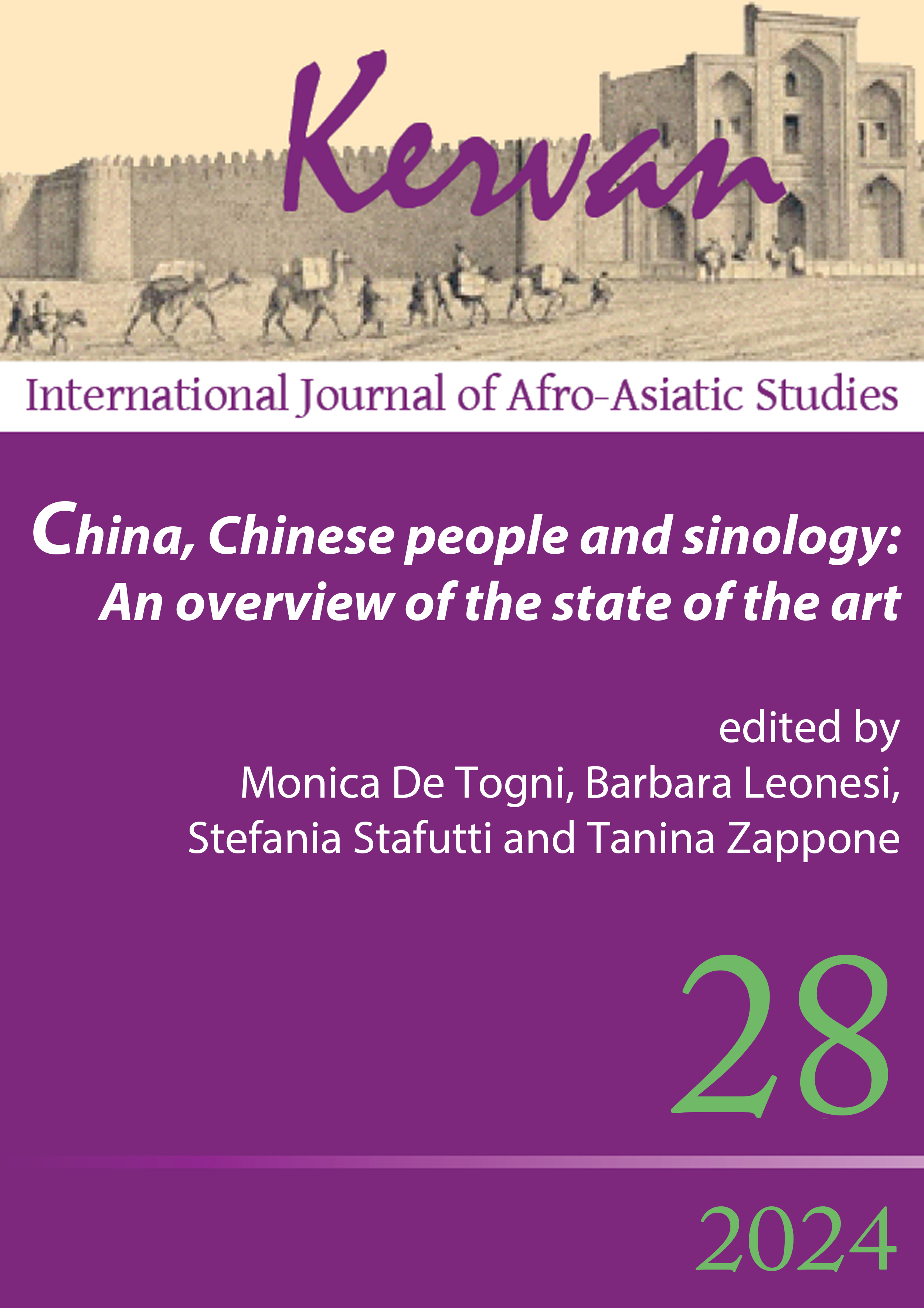Lexicographical questions and revealing quotations: New clues on Pi shishi zhuwang
DOI:
https://doi.org/10.13135/1825-263X/11613Abstract
The article presents and analyses new materials and perspectives on Pi shishi zhuwang 闢釋氏諸妄 (“Confutation of all the absurdities of the Buddha”), frequently abbreviated as Pi wang. Pi wang is usually attributed to the Chinese scholar Xu Guangqi徐光啟 (1562–1633), but recent studies have questioned this hypothesis. However, while there is a variety of studies on the translations and prefaces composed by Xu Guangqi in cooperation with Western missionaries and scholars, such as Matteo Ricci (Li Madou 利瑪竇, 1552–1610) and Sabatino De Ursis (Xiong Sanba 熊三拔, 1575–1620), secondary literature on Pi wang is surprisingly limited. Among these precious and rare works of secondary literature, the focus has been correctly placed on the structure and different versions of Pi wang to determine attribution. Less attention has been devoted to the contents of the text, especially concerning some linguistic peculiarities in terms of possible attribution and relevant cross-cultural interactions. In order to provide new clues and different points of view for research on the attribution, this article illustrates some topics that should be further investigated and new possible keys in historical texts. It also indirectly provides new insights into the cultural interactions that took place between Chinese converts and Western missionaries.
Downloads
Downloads
Published
Issue
Section
License
Gli autori che pubblicano su Kervan accettano le seguenti condizioni:
- Gli autori mantengono i diritti sulla loro opera e cedono alla rivista il diritto di prima pubblicazione dell'opera, contemporaneamente licenziata sotto una Licenza Creative Commons - Attribuzione che permette ad altri di condividere l'opera indicando la paternità intellettuale e la prima pubblicazione su questa rivista.
- Gli autori possono aderire ad altri accordi di licenza non esclusiva per la distribuzione della versione dell'opera pubblicata (es. depositarla in un archivio istituzionale o pubblicarla in una monografia), a patto di indicare che la prima pubblicazione è avvenuta su questa rivista.


 The articles that have appeared on Kervan since 2016 are rated as Class A in the system of National Scientific Qualification (ASN, disciplines 10/N1 and 10/N3).
The articles that have appeared on Kervan since 2016 are rated as Class A in the system of National Scientific Qualification (ASN, disciplines 10/N1 and 10/N3). The journal has been approved for inclusion in DOAJ. The DOAJ listing of the journal is available at
The journal has been approved for inclusion in DOAJ. The DOAJ listing of the journal is available at  The journal has been approved for inclusion in ERIH PLUS. The ERIH PLUS listing of the journal is available at
The journal has been approved for inclusion in ERIH PLUS. The ERIH PLUS listing of the journal is available at  Kervan was just accepted for indexing in SCOPUS. This important milestone ensures that articles published in Kervan are easily found when searching for library, archives and Information science and it enables Kervan authors to keep track of how often their article has been cited by others.
Kervan was just accepted for indexing in SCOPUS. This important milestone ensures that articles published in Kervan are easily found when searching for library, archives and Information science and it enables Kervan authors to keep track of how often their article has been cited by others.

